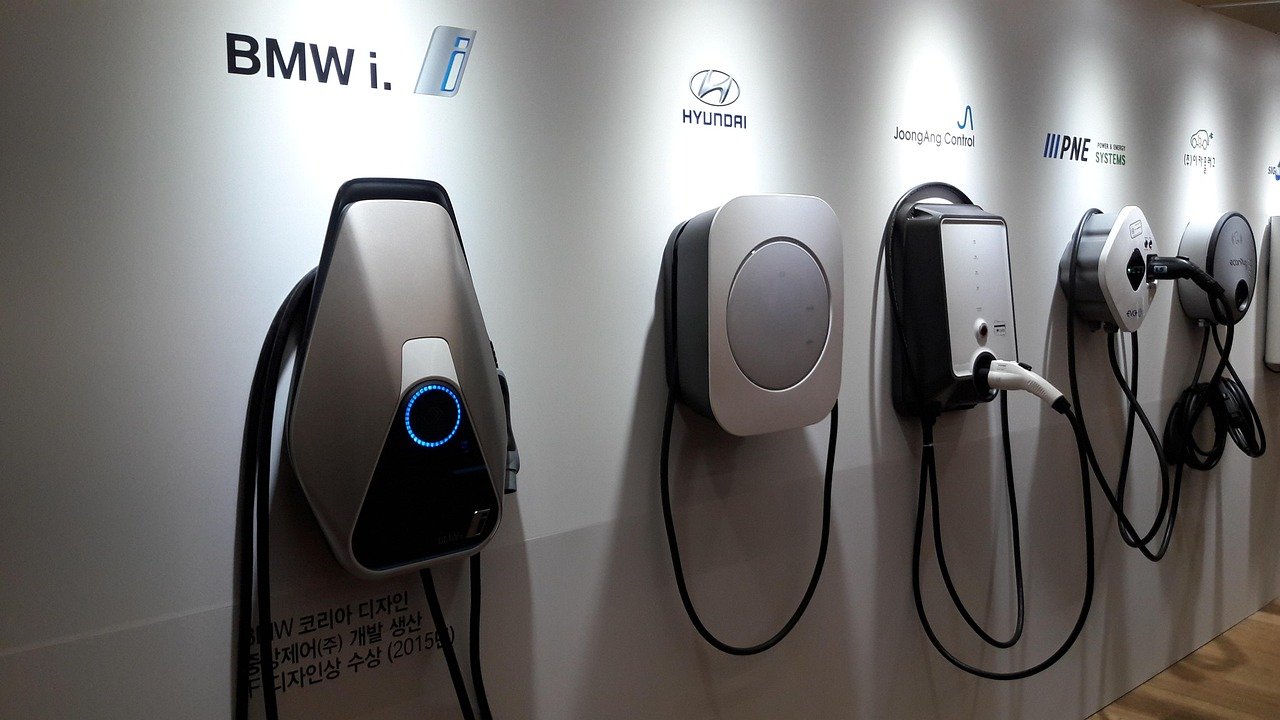
What Are Autonomous Vehicles?
Autonomous vehicles — also known as self-driving cars. one of the most exciting innovations in modern transportation. These vehicles use a combination of sensors, cameras, radar. And artificial intelligence (AI) to navigate roads and traffic with little or no human input.
Whether it’s a car cruising down the highway or a delivery robot. Rolling through a neighborhood, autonomous vehicles represent a shift toward safer. More efficient, and more accessible mobility solutions.
In this article, we’ll explore how autonomous vehicles work. their real-world applications, the technology behind them, benefits and risks. What the future holds for this game-changing industry.
How Do Autonomous Vehicles Work?
To operate safely without a human driver, autonomous vehicles rely on several advanced technologies working together. Here’s a breakdown of the key systems:
🔍 Core Technologies Used in Self-Driving Cars
-
Sensors and Cameras
These detect objects, pedestrians, road signs, lane markings, and other vehicles. -
Radar and Lidar
Lidar uses light to measure distances, while radar uses radio waves. Both help the vehicle detect its surroundings in 3D. -
Artificial Intelligence (AI)
Machine learning models analyze real-time data to make decisions — like when to stop, turn, or accelerate. -
GPS and Mapping Systems
High-definition maps and GPS allow the vehicle to know its location and plan routes accurately. -
Onboard Computers
These act as the brain, processing all the information gathered from sensors and controlling the vehicle’s actions.
Levels of Vehicle Autonomy Explained
The Society of Automotive Engineers (SAE) defines six levels of driving automation:
| Level | Description |
|---|---|
| 0 | No automation — human driver in full control |
| 1 | Driver assistance (e.g., cruise control) |
| 2 | Partial automation (e.g., Tesla Autopilot) |
| 3 | Conditional automation — driver may disengage |
| 4 | High automation — no driver needed in some cases |
| 5 | Full automation — no human input at all |
Most autonomous vehicles on the road today are at Level 2 or 3. but industry leaders are actively testing Level 4 and Level 5 vehicles in controlled environments.
Real-World Applications of Autonomous Vehicles
Autonomous technology isn’t just for passenger cars. It’s being used across multiple industries to solve transportation and logistics challenges.
1. Ride-Hailing and Taxis
Companies like Waymo, Cruise, and Motional are deploying robotaxis in cities. Providing rides without human drivers.
2. Freight and Delivery
Self-driving trucks and last-mile delivery robots are transforming logistics. Autonomous systems can handle long-distance highway travel and local package drops.
3. Public Transit
Pilot programs are testing autonomous shuttles in urban and suburban areas. Improving accessibility for those without personal vehicles.
4. Agriculture and Mining
Autonomous tractors and mining trucks operate in remote or hazardous areas. Boosting efficiency and safety.
5. Military and Defense
Unmanned ground vehicles are used for reconnaissance, surveillance, and transport in risky zones.
Benefits of Autonomous Vehicles
The push toward automation is driven by several compelling benefits, both for individuals and society at large.
Increased Road Safety
Over 90% of traffic accidents are caused by human error. Removing distractions, fatigue, and impaired driving can significantly reduce fatalities.
Improved Traffic Flow
AI-powered systems can optimize driving patterns, reduce congestion, and minimize stop-and-go conditions.
Mobility for All
Self-driving cars can offer independence to the elderly, disabled, and those unable to drive.
Environmental Impact
With smoother driving and integration into electric vehicle systems, autonomous vehicles can reduce emissions and fuel consumption.
Economic Efficiency
Lower labor costs in transportation industries and increased productivity during travel time are major economic incentives.
Challenges and Concerns
Despite the advantages, autonomous vehicles face several technological, regulatory, and ethical challenges.
Regulatory Hurdles
Laws vary by country and even by state. Clear and unified legislation is still evolving to govern safety standards, liability, and insurance.
Technical Limitations
Bad weather, construction zones, and unpredictable human behavior can confuse even the most advanced systems.
Cybersecurity Risks
Self-driving cars are vulnerable to hacking. Ensuring secure software and hardware is critical.
Job Displacement
The trucking, taxi, and delivery sectors employ millions. Full automation could lead to large-scale unemployment if not addressed properly.
Moral and Ethical Dilemmas
Autonomous systems must make life-or-death decisions in unavoidable accidents. Programming ethical responses remains a hotly debated topic.
Top Companies Leading the Autonomous Vehicle Revolution
Several major players are investing heavily in autonomous vehicle research and development. Here are some of the leaders:
-
Waymo (by Alphabet) – Pioneers in robotaxi services, operating in Arizona and San Francisco.
-
Tesla – Known for its Autopilot and Full Self-Driving (FSD) features.
-
Cruise (by GM) – Deploying driverless taxis in select U.S. cities.
-
Aurora Innovation – Focused on self-driving trucks and freight.
-
Baidu Apollo – China’s leading autonomous driving platform.
What’s Next for Autonomous Vehicles?
The future of autonomous vehicles depends on several evolving factors:
-
Infrastructure Upgrades: Smart traffic lights, dedicated lanes, and better road conditions can speed up deployment.
-
AI Improvements: As models become better at handling edge cases, autonomy will increase.
-
Public Acceptance: Trust in the technology is crucial. Transparent safety records and user education are key.
-
Affordability: Lower production costs will make autonomous cars more accessible to consumers.



